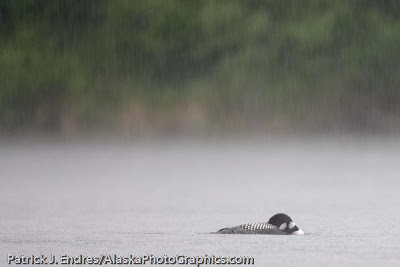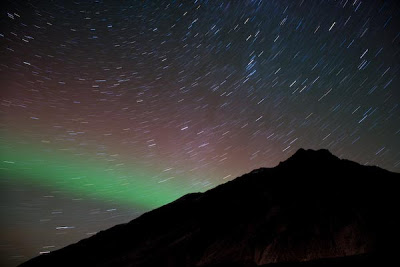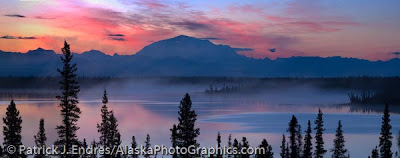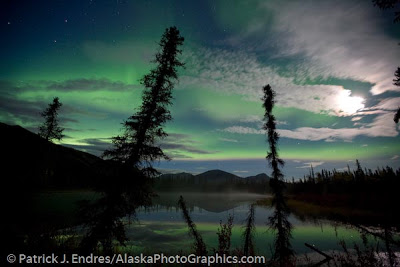Glaciers, mountains and all things nature
The natural elements contribute an edge both to a photograph and the experience of its capture. I photographed this Common loon for about 20 minutes before the rain began, and during this time, it drifted near me on the shore for an almost full frame view. Unfortunately, by the time the rain fell, the bird…
The Brooks mountain range, which crosses Alaska’s arctic region, is the farthest north mountain range in the United States. Just north of Atigun Pass–the highest road pass in the state– is Atigun canyon, the location where this photo was taken. The northern lights were not that bright to the naked eye, but timed exposures are…
Photographing in Alaska’s summers introduces a problem for sleep-lovers. The quality of light that delivers color, warmth, and pleasing shadows happens when most are sleeping. The late hour of both the setting and rising sun blows any sort of normal working schedule. Some time ago I adopted a little guideline when in the field photographing:…
On this inaugural blog-creation-day the temperatures in Fairbanks, Alaska are on a slow but steady slide into the very “minus” category, at the moment that is -38 degrees Fahrenheit . Frost accrues on the trees and pink afternoon light is just a few days from the winter solstice. These are good times to do the…




